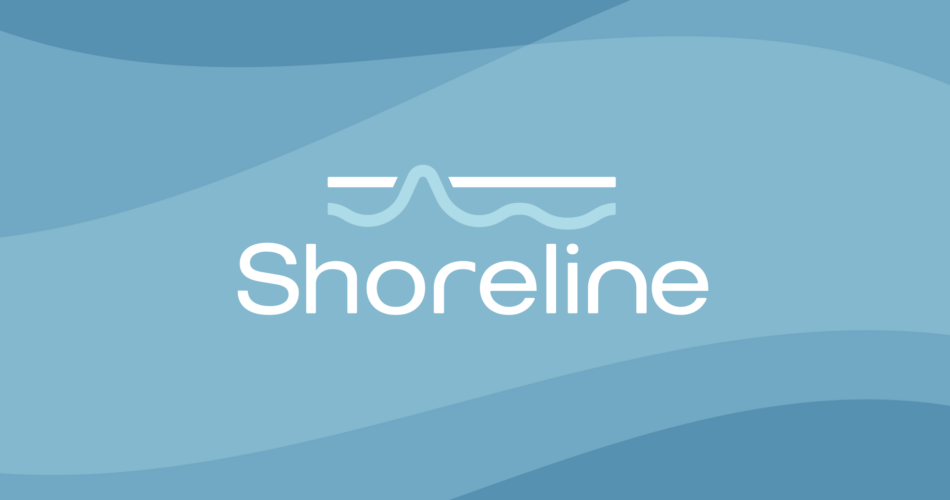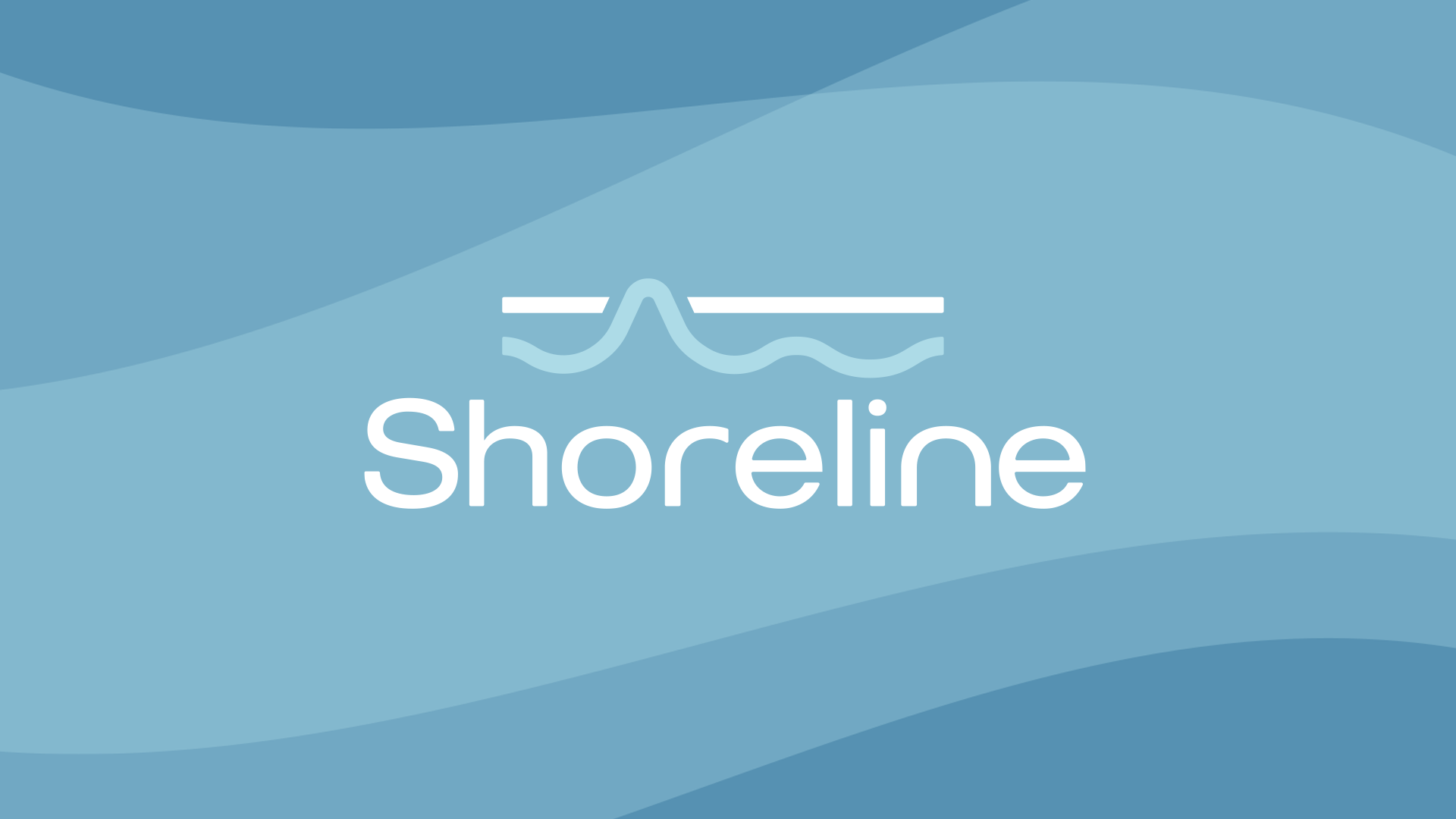Incident automation startup Shoreline Inc. announced today the general availability of its platform on the “big three” public clouds, Amazon Web Services, Microsoft Azure and Google Cloud.
With its launch, Shoreline said, it’s helping ease the burden on site reliability engineers and improve availability for cloud-hosted applications and services.
Shoreline does that by giving engineers a way to build automations quickly that can respond to frequently occurring issues, then repair them without the need for manual intervention. With its platform, engineers gain fleetwide visibility into their applications’ and systems’ resources and metrics. They can take action on any issues that are flagged using a Linux command or a shell script, all from the same interface.
Shoreline founder and Chief Executive Anurag Gupta previously worked as a database and analytics services engineer at Amazon Web Services Inc., so he knows a thing or two about issues faced by engineers as they strive to ensure high availability of production systems at scale.
In an interview with SiliconANGLE last year when his company came out of stealth mode, he explained that engineers primarily struggle with the high volume of alerts they receive. He likened it to “death by a thousand cuts,” saying that as applications based on microservices scale and fleets grow, operators are forced to spend many hours staring at monitor screens, grinding their way through ticket queues without ever reaching the end.
To lessen the load for engineers, Shoreline says, it goes further than other incident response platforms such as PagerDuty and StackPulse. Gupta said those platforms help by automating messaging and alerts but still require human engineers to implement fixes wherever they’re needed.
“Shoreline provides real-time, fleet-wide interactive debugging and repair with a fluent integration of resources, metrics, and Linux commands – the nouns, adjectives, and verbs of operations,” Gupta said. “After you fix an issue the first time, you can rapidly automate using the debug session to create alarms, actions and bots.”
Shoreline said today that with its availability on all three clouds, users will be able to debug and repair issues for all of their applications, regardless of where they’re hosted. It eliminates the need to switch between different tools to log in and out of different networks and clusters to accomplish critical tasks. The platform manages all of the overheads across those environments to provide instant access to the necessary resources, executing commands in parallel across all containers and virtual machines, thereby boosting productivity, the company says.
Gupta explained multicloud environments are commonplace today but also very complicated to operate.
“Shoreline’s ability to provide parallel fleet-wide debugging and automated remediation has been proven with AWS,” he said. “With today’s announcement, we now offer the same seamless experience across Azure and GCP as well. This makes it simpler for customers to debug incidents and automate repairs without intricate hand-coding for each cloud environment.”
Shoreline’s platform was given the thumbs up by Dr. Jay Yu, vice president of product and innovation at TigerGraph Inc.
“If you need to manage a multicloud fleet, Shoreline is your best answer,” he said. “Shoreline’s approach streamlines remediation of incidents in our production cloud, and it eliminates the complexities inherent in operating across multiple cloud providers. This means we can understand and resolve issues faster, which increases our system availability.”
Image: Shoreline
Show your support for our mission by joining our Cube Club and Cube Event Community of experts. Join the community that includes Amazon Web Services and Amazon.com CEO Andy Jassy, Dell Technologies founder and CEO Michael Dell, Intel CEO Pat Gelsinger and many more luminaries and experts.

Source link



